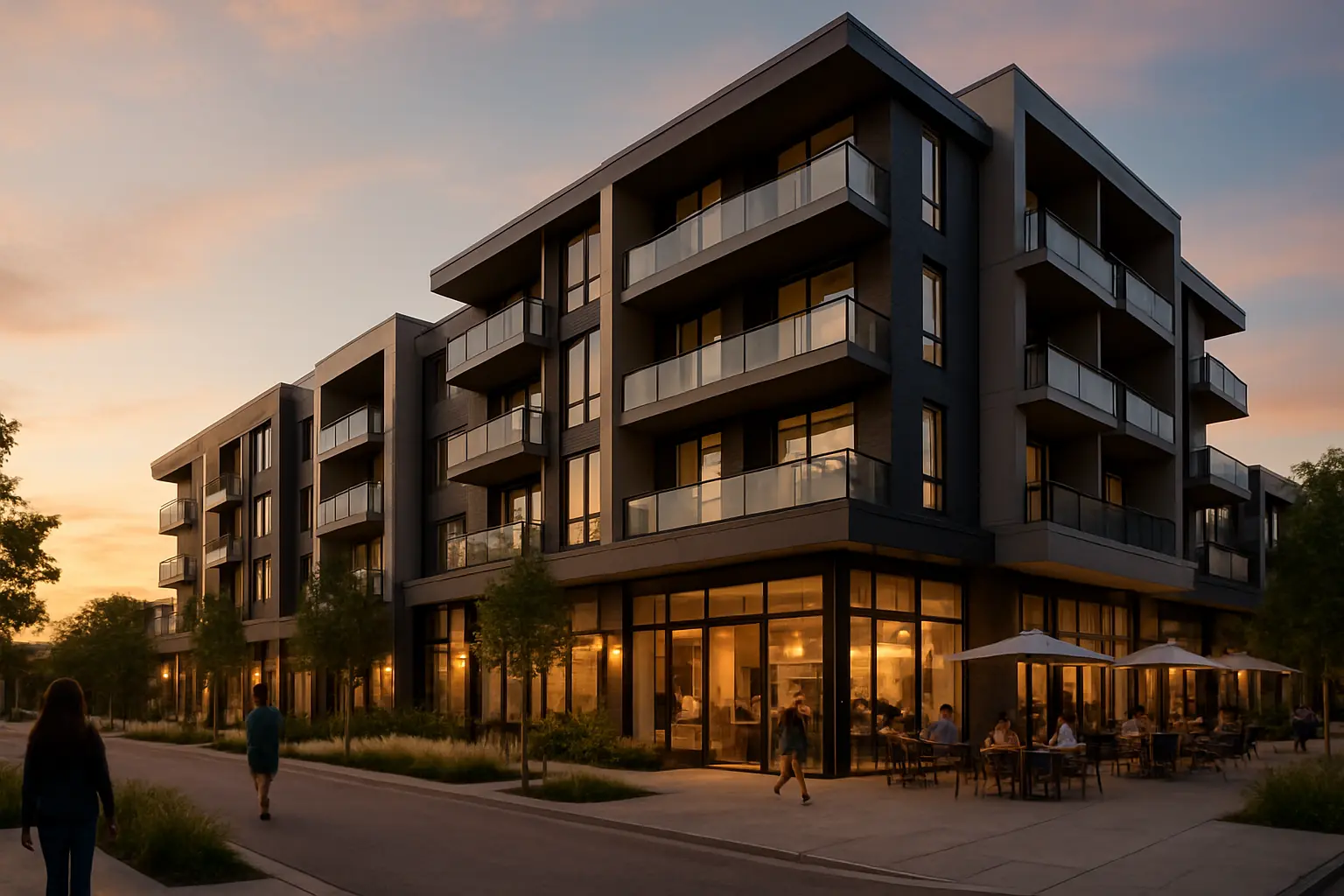The Versatile Investor's Guide: Mastering Mixed-Use Properties
Discover how savvy investors are maximizing returns by blending commercial and residential spaces in today's dynamic real estate market

Understanding the Growing Appeal of Mixed-Use Properties
In today's evolving real estate landscape, mixed-use properties have emerged as a compelling investment opportunity, combining the stability of residential income with the potential of commercial returns. These developments are revolutionizing urban and suburban areas alike, creating self-sustaining communities where people can live, work, and play within walking distance.
Key Benefits of Mixed-Use Properties:
- Enhanced property value through diversified income streams
- Reduced vacancy risk with multiple tenant types
- Creation of vibrant, walkable communities
- Increased foot traffic for commercial tenants
- Higher tenant satisfaction and retention rates
Smart Investment Strategies
Success in mixed-use property investment requires a strategic approach that considers multiple factors. Location remains paramount, but the complexity of these properties demands additional considerations.
Location Analysis
Focus on areas with strong demographic trends, employment growth, and infrastructure development. Look for neighborhoods with a healthy balance of residential demand and commercial activity.
Tenant Mix Optimization
Creating the right blend of residential and commercial tenants is crucial. Consider these factors:
- Complementary business types that serve resident needs
- Balance between convenience and privacy for residential tenants
- Synergistic relationships between different commercial tenants
Property Management Excellence
Managing mixed-use properties requires a unique skill set and attention to detail. Success depends on balancing the distinct needs of both residential and commercial tenants while maintaining property value and operational efficiency.
The key to successful mixed-use property management lies in creating a harmonious environment where both residential and commercial tenants can thrive.
Essential Management Strategies
- Implement separate management systems for residential and commercial spaces
- Develop clear policies for shared spaces and facilities
- Maintain effective communication channels with all tenant types
- Create standardized procedures for maintenance and security
Future-Proofing Your Investment
Mixed-use properties are increasingly recognized for their resilience in changing market conditions. Their adaptability and diverse income streams provide natural hedges against economic fluctuations.
Sustainability and Adaptation
To ensure long-term success, consider these future-proofing strategies:
- Incorporate flexible spaces that can adapt to changing market demands
- Implement sustainable building practices and energy-efficient systems
- Plan for technological integration and smart building capabilities
- Design spaces that support evolving work-life patterns
Final Thoughts: Mixed-use properties represent a sophisticated investment approach that aligns with modern lifestyle preferences and sustainable urban development. By carefully considering location, tenant mix, management strategies, and future adaptability, investors can create successful, resilient properties that generate strong returns while contributing to vibrant community spaces.


